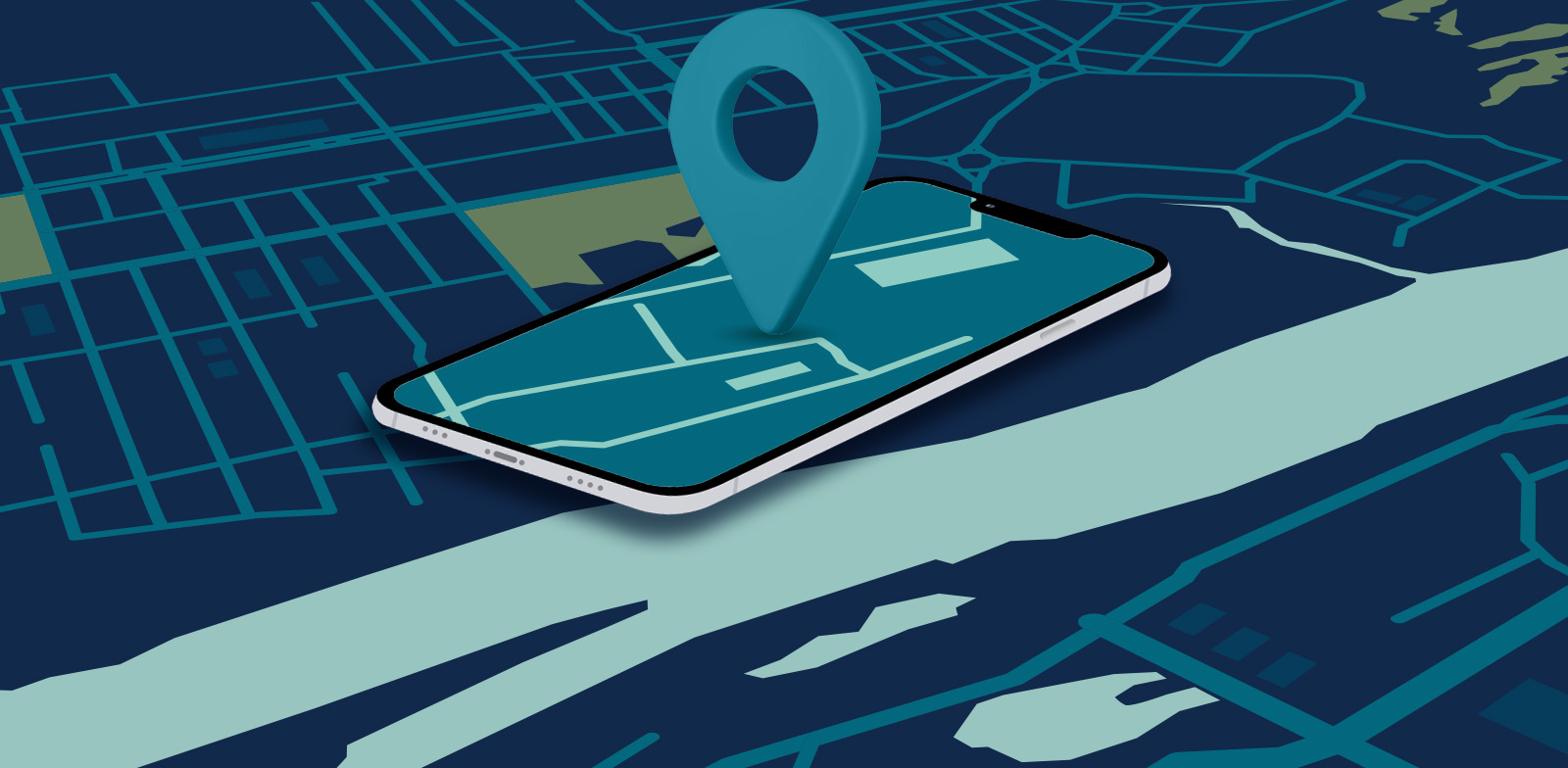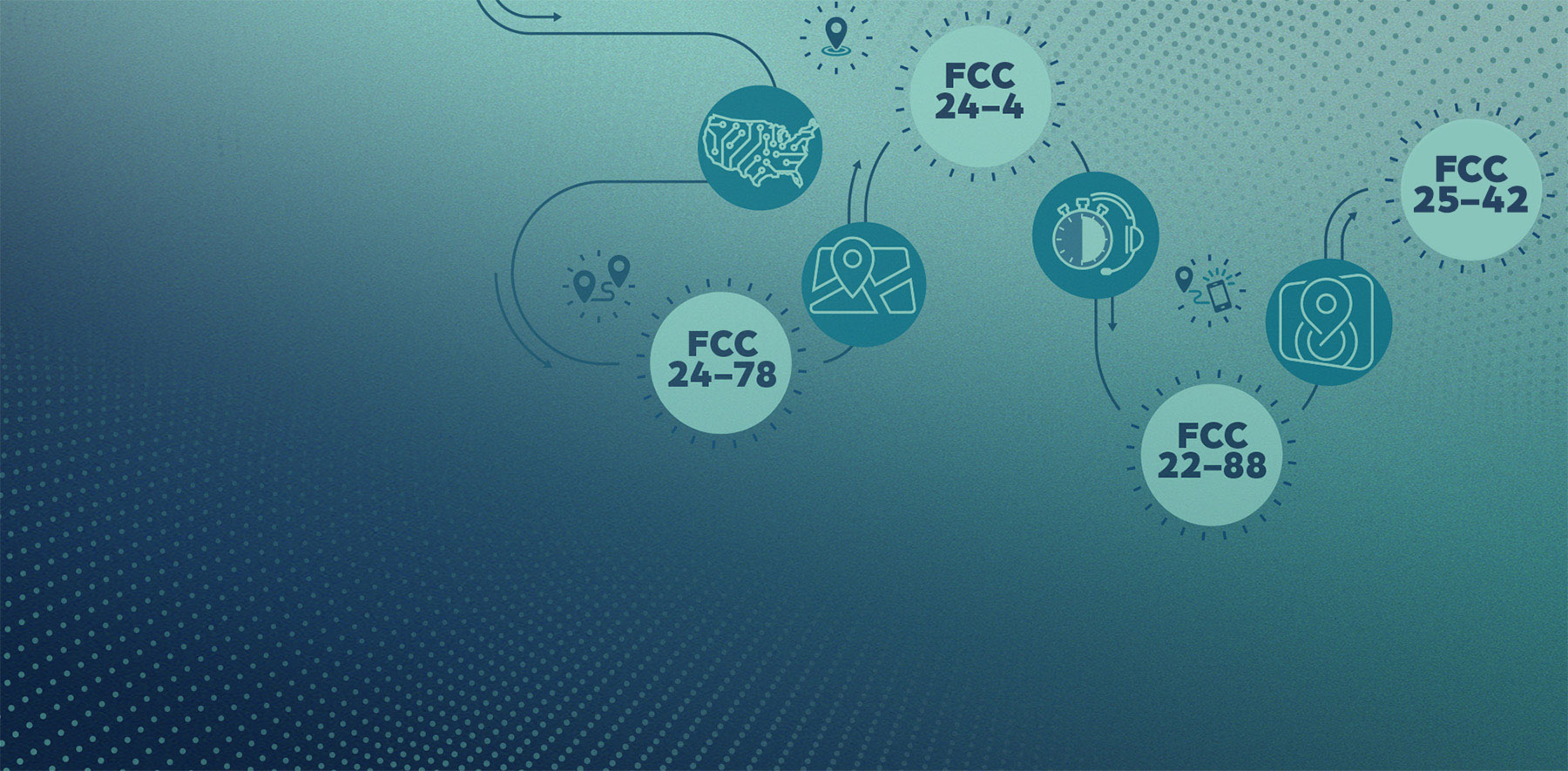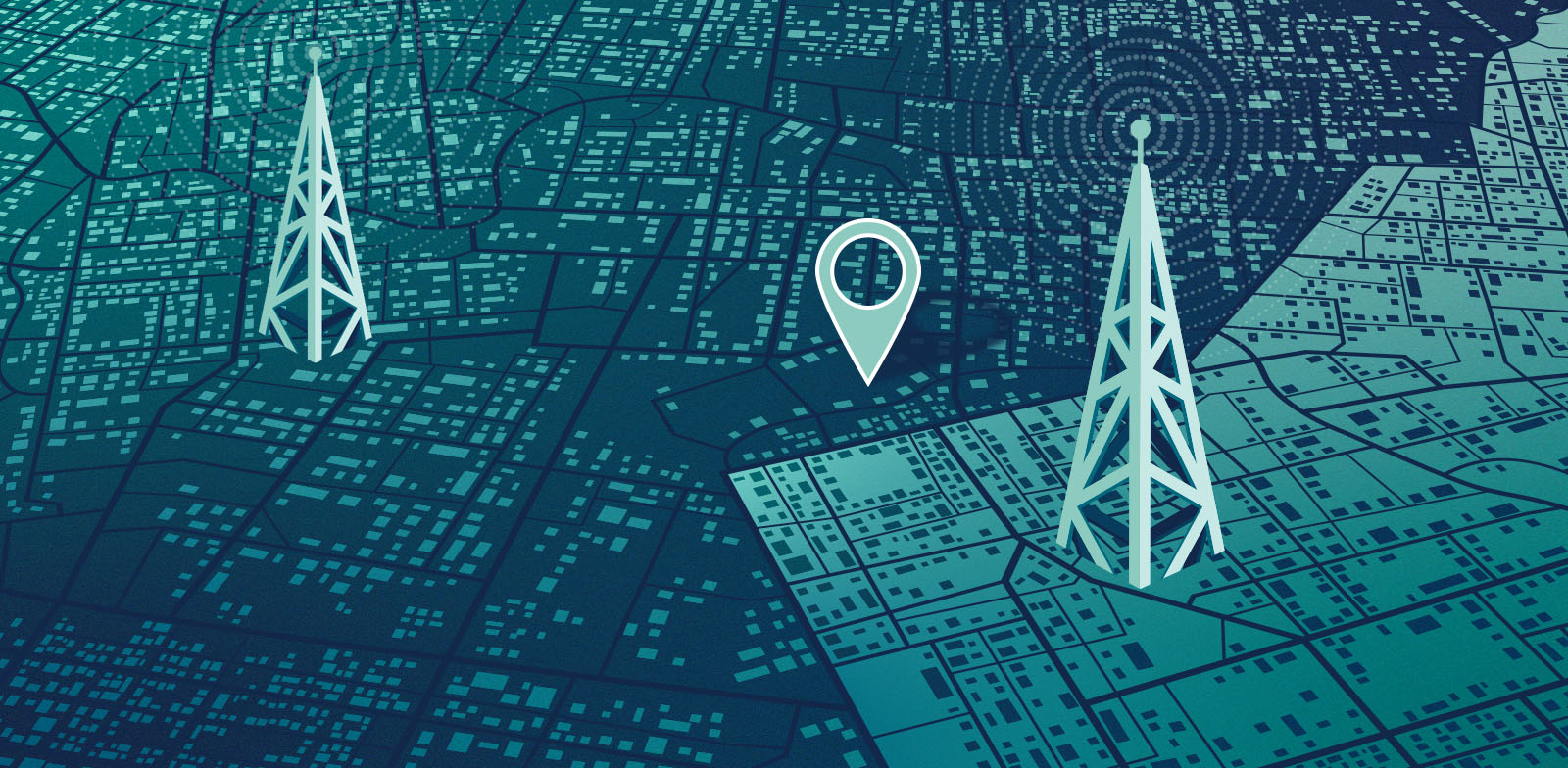Location-Based Routing Compliance Set by FCC - Are You Ready?
Location-Based Routing (LBR) just got more real. The compliance timeline has been set.
Since the July 2022 launch of the three-digit 988 short code, more than 7.6 million calls, texts, and chats have been routed to crisis centers across the U.S. Clearly, the short code is making a difference.
Routing in the 988 context, however, needs improvement. Currently, 988 calls are routed based on the area code and exchange of the caller’s phone number (NPA/NXX). With the arrival of local number portability some twenty years ago, many users now keep their phone number after they relocate, which means a caller in crisis may be routed to a 988 call center in the area where they purchased a wireless plan originally and not the location where they need help. And that’s where things stand today. This isn’t a surprise, but it does need to be – and can be – fixed.
On September 28th, FCC Chairwoman Jessica Rosenworcel issued letters to the industry “encourag[ing] wireless carriers and industry associations to take the necessary steps to identify and develop a 988 georouting solution that could be deployed in wireless networks nationwide.”
The Chairwoman referred to georouting rather than geolocation techniques—such as those we use today to route 911 calls—because of concerns about safeguarding the privacy of those who call 988. People in crisis might hesitate to call 988 if they think their x/y location will be divulged by the communications network to the 988 crisis counselor. Sure, if the caller voluntarily provides their location, then the call can probably be transferred to the closest crisis call center. Here’s the quandary: area-code-based routing provides privacy but not necessarily accuracy; 911-based routing provides accuracy but not privacy. We must do better, and we can.
Intrado has been working for several years to find a solution to improve 988 routing and is now offering a viable and proven option that applies existing, highly reliable 911 routing techniques and infrastructure, but with a simple twist that protects the privacy of a 988 caller. No one needs to build anything. Our solution routes 988 calls using a Gateway Mobile Location Center to translate cell site location into a more general location based on the wire center (remember those?) in which the tower is located. We did build one thing—a Geospatial Routing Database—that translates each of the approximately 20,000 wire centers to a “destination code” that the 988 network uses to route the call to the closest crisis call center. In the lab environment of our Proof of Concept, this method successfully reached the correct crisis call center every time.
You’d think that passing along the tower location would accomplish everything we need, and right now, it might. But as technology evolves, the number and density of “sites” will proliferate and eventually make it harder to protect caller privacy. Our solution recognizes this, and it’s why we created a method not based solely on cell site location. Adding the wire center layer allows us to provide accurate 988 routing instructions to the 988 network without violating a caller’s expectation of privacy both now and in the future.
Let’s back up a little. Why wire centers? Wire center boundaries are basic areas of telephone networks that describe the geographic area traditionally served by a telephone central office. Every telephone number is assigned to a specific wire center, and each wire center represents one or more blocks of number ranges (typically blocks of 10,000) in a small geographic area. They provide an ideal, static, and publicly available boundary for routing 988 calls.
Further, the 988 network is designed to route by ten-digit phone numbers. In our Proof of Concept, we demonstrated that the “destination code” could be attached to a Session Initiation Protocol (SIP) voice call. The SIP switch uses the destination code to route the call to the appropriate 988 call center and drops the identifier before delivering the call to protect privacy when the call is delivered downstream to the crisis call center. What we pass to the 988 network, then, is a ten-digit number assigned to a wire center boundary that is correlated to the closest crisis call center.
Our methodology utilizes existing protocols and standards, meaning there is no need to develop and implement new technical standards, greatly reducing the path to putting this into production—as we’re seeing also with the development of Location Based Routing, which addresses the challenge of routing 911 calls that connect to cell towers near PSAP boundaries.
We designed this method to be “future proof.” We know from our decades of experience that emergency communications policies and protocols are constantly changing. Solutions, such as ours, that are based on sound networking fundamentals and utilize forward-looking standards are more easily adopted, have greater interoperability, and improve resiliency as the communications environment evolves rapidly around them.
We’re also working on adapting and evolving this solution. There are other use cases for 988 to consider—text (which is expanding exponentially for 988), VoIP, VoWiFi, and roaming, as well as the need to support Multi-Line Telephone Systems and things like Microsoft Teams softphone calls. Furthermore, we want to expand the header to include a PSAP identifier for situations where the 988 crisis call center determines it is necessary to alert emergency responders.
Some states have decided, and others may also go this way, to use the network transport facilities of NG911 Emergency Services IP Networks (ESInets) for 988. With small tweaks, our solution will allow States to take full advantage of the adaptive and current nature of geospatial routing.
In the interest of ensuring sustained alignment within the industry, Intrado is excited to share a new network interface specification designed to meet current demands while remaining adaptable for future developments. By fostering a collaborative environment, we hope to support the evolution of carrier networks and increase reliability overall. You can download the network interface specs here.
The bottom line is that this georouting solution for 988 uses existing infrastructure and technology, honors a 988 caller’s expectation of privacy, provides the high reliability of 911, employs open-source information, will evolve along with carrier networks, and will be easily adapted to the other ways that callers reach 988. We needed only to adapt the wheel for 988, not reinvent it.

Location-Based Routing (LBR) just got more real. The compliance timeline has been set.

At Intrado, we understand the complexity of regulatory compliance—because we’re in it with you. We partner with service providers, public safety...

In case you missed our exciting, industry-first announcement, Intrado recently collaborated with AT&T to launch location-based routing for wireless...
.png)
May is not just any month; it’s Mental Health Awareness Month, a time to come together to shine a light on mental well-being, break those stigmas,...